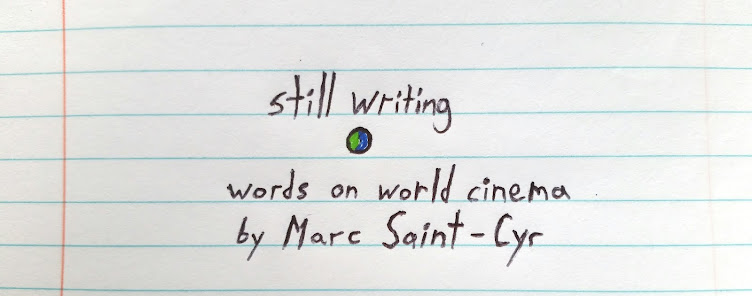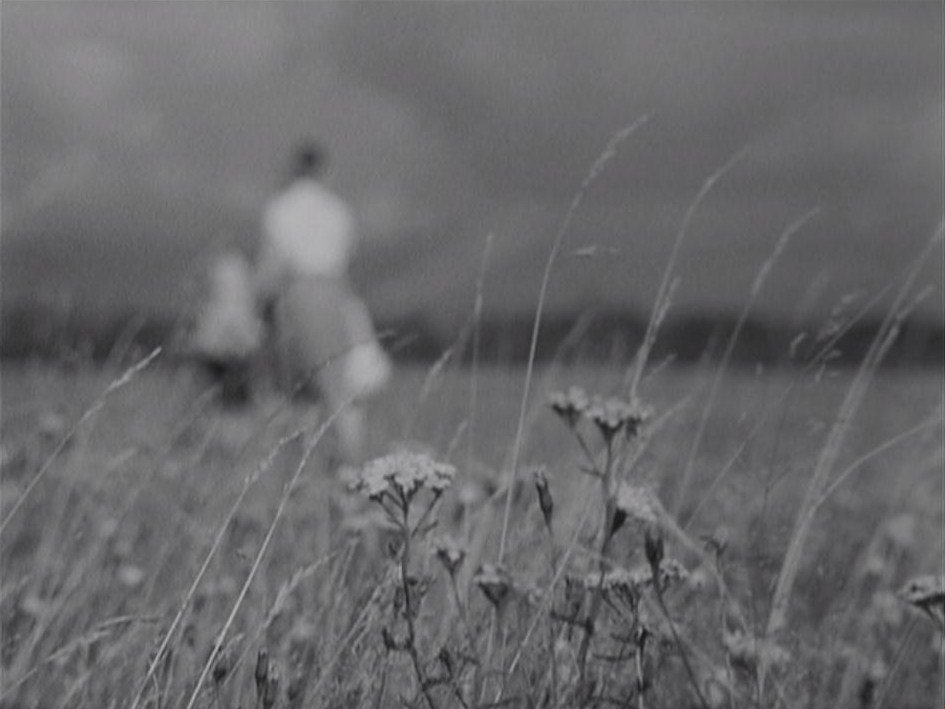 |
| You Ain't Seen Nothin' Yet |
On the one hand, I've generally grown far less inclined towards lists and rankings when it comes to highlighting films I've enjoyed, preferring instead to give them the more in-depth treatments they deserve. On the other hand, since a decade does only come around every once in a while, here is a gathering, in alphabetical order, of films I saw over the past decade that made a strong impression on me. And in a related note, I'm included in MUBI Notebook's critics poll of the images that defined the decade in cinema!
Thanks for reading, and happy new year!
Aqérat (We, the Dead) (Edmund Yeo, 2017)
Casting Blossoms to the Sky (Nobuhiko Obayashi, 2012)
Cemetery of Splendor (Apichatpong Weerasethakul, 2015)
Centro Histórico (Pedro Costa, Manoel de Oliveira, Víctor Erice, Aki Kaurismäki, 2013)
Certified Copy (Abbas Kiarostami, 2010)
Django Unchained (Quentin Tarantino, 2012)
Film Socialisme (Jean-Luc Godard, 2010)
The Florida Project (Sean Baker, 2017)
Gebo and the Shadow (Manoel de Oliveira, 2012)
The Grand Budapest Hotel (Wes Anderson, 2014)
Halley (Sebastián Hofmann, 2012)
Le Havre (Aki Kaurismäki, 2011)
Holy Motors (Leos Carax, 2012)
Hugo (Martin Scorsese, 2011)
In Another Country (Hong Sang-soo, 2012)
It Felt Like Love (Eliza Hittman, 2013)
Life of Riley (Alain Resnais, 2014)
Like Someone in Love (Abbas Kiarostami, 2012)
The Master (Paul Thomas Anderson, 2012)
Mekong Hotel (Apichatpong Weerasethakul, 2012)
Modern Love (Takuya Fukushima, 2018)
Moonlight (Barry Jenkins, 2016)
Moonrise Kingdom (Wes Anderson, 2012)
The Other Side of Hope (Aki Kaurismäki, 2017)
Our Homeland (Yonghi Yang, 2012)
The Homesman (Tommy Lee Jones, 2014)
Our Little Sister (Hirokazu Kore-eda, 2015)
Phantom Thread (Paul Thomas Anderson, 2018)
Postcard (Kaneto Shindo, 2010)
The Second Life of Thieves (Woo Ming Jin, 2014)
Ship of Theseus (Anand Gandhi, 2013)
Snowpiercer (Bong Joon-ho, 2013)
Starlet (Sean Baker, 2012)
Stray Dogs (Tsai Ming-liang, 2013)
Tangerine (Sean Baker, 2015)
The Tiger Factory (Woo Ming Jin, 2010)
Uncle Boonmee Who Can Recall His Past Lives (Apichatpong Weerasethakul, 2010)
Visages Villages (Agnès Varda and JR, 2017)
The Wonders (Alice Rohrwacher, 2014)
You Ain't Seen Nothin' Yet (Alain Resnais, 2012)
Zama (Lucrecia Martel, 2017)
 |
| Blondin Miguel in Le Havre |





